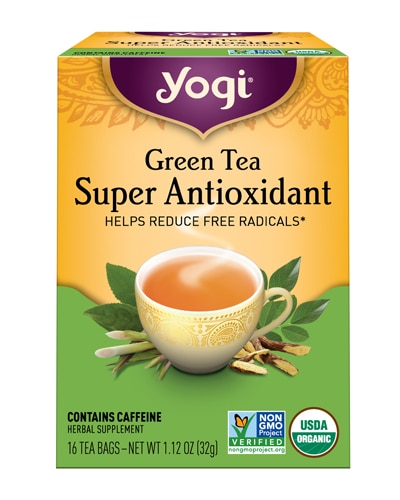No food is an island. The nutrition we glean from foods works best when we eat combinations that complement and amplify each other’s strengths. As Susan Kraus, RD, who practices at Hackensack University Medical Center in Hackensack, N.J., points out, “One is good, but two is better.” Think of foods in terms of synergistic relationships—an additive approach—instead of the old-school, reductionistic belief that foods deliver nutrients in isolation. 
As David Jacobs, PhD, a professor of the Public Health Division of Epidemiology & Community Health at the University of Minnesota School Of Public Health says, “People who eat certain patterns of foods, such as the Mediterranean diet, have better outcomes in diseases.”
In general, a healthy pattern of eating would be something like author and journalist Michael Pollan's clear directive to “Eat food. Not too much. Mostly plants.” The expanded version of this pithy guideline translates to eating whole, unprocessed foods mostly centered around fruits, vegetables and grains. Many nutritionists advise their clients to eat a rainbow of colors, such as beets, blueberries, carrots, greens and lemons to ensure that they are getting the synergistic benefit of a varied diet.
But within larger constellations of foods, there are some stellar dynamic duos. Kraus points out certain nutrients, when consumed together, will actually optimize their beneficial effects for an individual. Her hope? “If more people understood this, they might be motivated to get more from their meals and food choices and less tempted to rely solely on a supplement,” she says.
The following are a few of Kraus' favorite combinations:
Iron & Vitamin C
Try it: Spinach salad with tomatoes or strawberries
When you consume vitamin C with iron, says Kraus, it increases your iron absorption by 6 percent. Even drizzling the spinach with lemon juice will do the trick. Beans, lentils and chickpeas are also high in iron and combine well with citrus or bell peppers, which are high in vitamin C.
Catechin & Quercetin
Try it: Grapes and apples
Grapes, red wine, green tea and dark chocolate are high in catechin, a type of antioxidant. When you combine catechin with quercetin, an anti-inflammatory flavonoid found in apples, raspberries, onions and buckwheat, the blended effect reduces platelet aggression and atherosclerosis (hardening of the arteries). Other combinations to try: sangria with cut-up apples, buckwheat pancakes with fresh raspberries.
Fat & carotenoids
Try it: Coleslaw with mayo
Salad is not the place to go lite. Full-fat dressing helps absorption of carotenoids (plant compounds with strong antioxidant effects that have been shown to help with vision) in the vegetables better than a fat-free dressing, says Kraus. Vegetables high in carotenoids include carrots, sweet potatoes, spinach and kale. If fatty dressings are not your thing, add nuts, avocado slices or some grated cheese instead.
Sulforaphane & Apigenin
Try it: Vegetable stir-fry
The phytochemical sulforaphane (a powerful antioxidant found in broccoli and other cruciferous vegetables such as cabbage, Brussels sprouts, kale and cauliflower) works synergistically with the polyphenol apigenin (found in fruits and vegetables such as apples, beans, broccoli, celery, cherries, grapes, leeks, onions, parsley, tomatoes, tea and wine) to lower cancer risk. According to a flavonoids study published in the September 2004 issue of Carcinogenesis, sulforaphane and apigenin's combined protective effect is 12-fold the total effect of the two antioxidants taken separately.



